Rider A recalls a motorcycle from the past and declares it one of the worst examples of two-wheeled conveyances ever made. Rider B looks at the same motorcycle in the garage and, either enthusiastically or grudgingly, thinks "This one's a keeper."
How can that be? Naturally we can't agree on everything, but how can we not even agree on whether something lies close to the "best" or "worst" end of the quality spectrum?
What got me thinking about this question was an article posted this week by Motorcyclist. (It appears the article is no longer posted on the site.) Basically, they asked their Facebook friends to list the worst motorcycles they'd owned.
My first reaction was an uninteresting and self-serving one: "Why didn't I think of that? Reader-generated content is popular and free!"
My second reaction was "Hey, look at that." The very first motorcycle on the list is the 1974-1976 Honda CB360T, and the photo showed a dusty example of that old bike in exactly the same blue paint job as the very first motorcycle I ever owned, a 1976 CB360T, here labeled "underpowered, unreliable, and undesirable." There's nowhere near enough rose tinting to make me nostalgic about that old CB. But "underpowered" probably was a good thing as I set out on my first street rides as a teen. I was very happy it got me started in motorcycling but I wasn't sorry to see it go as soon as I was able to scrape together enough money after a year and a half of ownership to trade it for something (slightly) better.
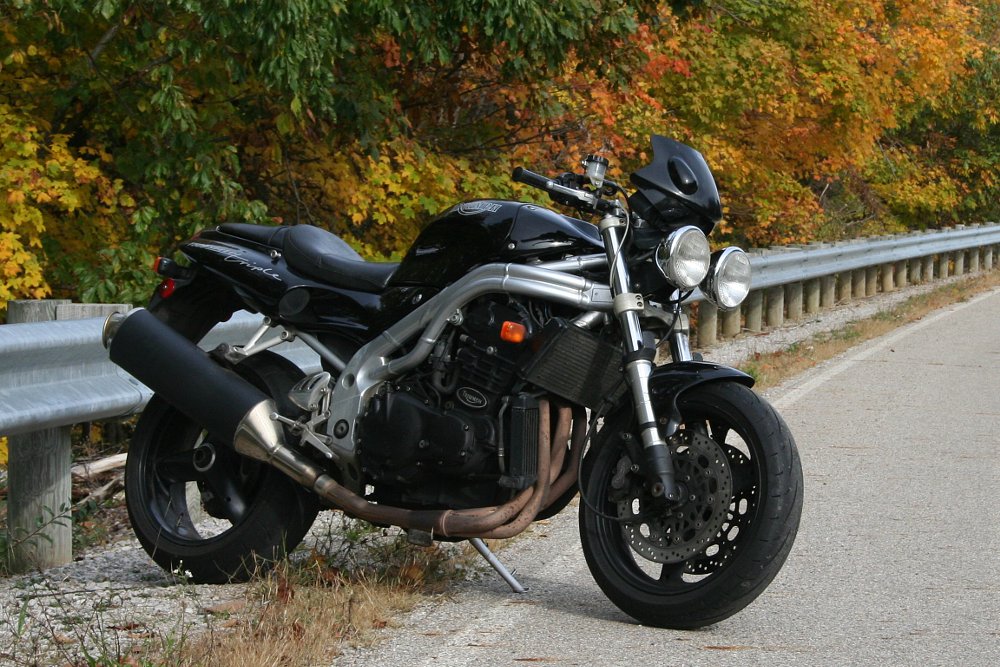
My third reaction, reading on through the list, was "Really?!" Because there, listed as a "dishonorable mention" and submitted by a Motorcyclist reader, was the 1997-1998 Triumph T509 Speed Triple. The same motorcycle I've been dragging around the hemisphere since I bought it used in 1998 and now sits in my garage with 121,460 miles on the odometer and almost all its original parts. I won't dispute the fact that Triumph's first-ever fuel-injected Speed Triple was the worst of its line (though I'll strongly argue it was better than its carbureted predecessor), but that's only because Speed Triples have always been good and have kept getting better. I suppose it could be the worst motorcycle someone has ever owned, but if so, they've done a much better job of shopping for motorcycles over the years than I have.
But that's not what this little essay is about. I'm not here to defend my tired old Speed Triple (which, admittedly, may be a bit of an anomaly in going this many years and miles without needing any major repairs). No, it was my fourth reaction that's the only one of interest.
Reading the list, it struck me how many of the models people listed as the worst one they've ever owned were also motorcycles that contributors here at Common Tread have written about, and not to condemn them. On the list were bikes our writers have loved, others that we liked despite their obvious warts, and some we accepted just because they're special.
How can this be? How can one person's "worst ever" be another's sought-after collectible?
Worst or best: You decide
A few examples may help clear the fog.

One bike on the list is the original Ducati Multistrada from 2003, which many considered an ugly Duc-ling. The Motorcyclist reader who nominated it as his "worst ever" did not mind the looks, though, but rather how it worked. At the other end of the spectrum, Common Tread contributor and author of multiple motorcycle books Mark Gardiner loved the original Multi so much when he first rode it in Italy that when he went to return the loaner to Ducati, "I almost cried." Many years later, when he had the chance to buy a used one, he jumped at it. One rider was happy to get rid of the Multistrada, another was happy to find one.
Similarly, another reader nominated the 1985 BMW R80 G/S Paris Dakar as the worst motorcycle he'd owned. Is it heresy to disrespect the motorcycle that can be credited with inventing today's all-popular adventure-touring class? That owner cited repeated failures and problems. Yet our own Zack Courts wrote a thoughtful piece about the R80 G/S his father owns, citing how even after more than 100,000 miles of use, it still credibly claims both charm and capability.
"Provided you're deliberate with your shifting and don't expect vicious acceleration or deceleration, an old G/S is a delight to ride," Zack wrote, and he proceeded to take us along on a delightful ride through the forests and farmland of his native Vermont on the BMW OG ADV.
The 1969-1975 Kawasaki H1 made the Motorcyclist readers' list. Its handling issues are well documented, but it could do the quarter mile in the 12s in 1969 and only cost $999. I know because Ari Henning talked to some of those drag racers from back in the day for a retrospective review of the H1. A review we did because it's a bike people still remember, 50 years later.

The 1982-1983 Yamaha ZX550 Vision made the list. Nobody's going to argue the quirky Vision was a great motorcycle or a sales success, but Common Tread contributor Greg Adomaitis wrote a "Bikes that made me" article about the Vision handed down from his father that got him started in motorcycling. Greg has rebuilt and repaired and restored that old Vision, to the point where it even won a bike show award, while also recognizing that, true, it's not a great motorcycle.
And come on, people, my Speed Triple is better than a Vision! Ahem. Sorry. Back on track.
The point — if I have a point, at this point — is that the diversity of experience and opinion within the broad class of motorcyclists is a big part of what makes it all interesting. I'm periodically reminded that people who have never touched a motorcycle or had any interest in one will often look at us as if we're a monolithic group, at best recognizing that there are two kinds of motorcycles: Harleys and crotch rockets, both worthy of disdain. But the reality is that we are such a varied and opinionated group that we cannot even agree whether a given motorcycle is one of the best or the absolute worst we ever owned.
And imagine how dreary it would be if it were otherwise. If there was no need for innovation and experimentation because manufacturers only had to make half a dozen models, differentiated only by size and price point, but all with the same style and design because everyone agrees on what's best. Blah.
Let's hear it for motorcycle DEI: diversity of engines and innovations.
And really, people, my Speed Triple's not that bad.


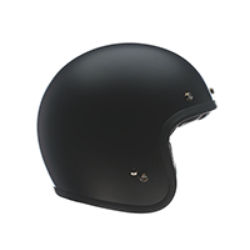

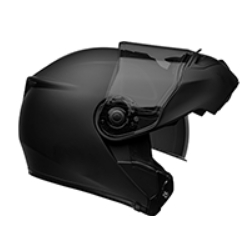

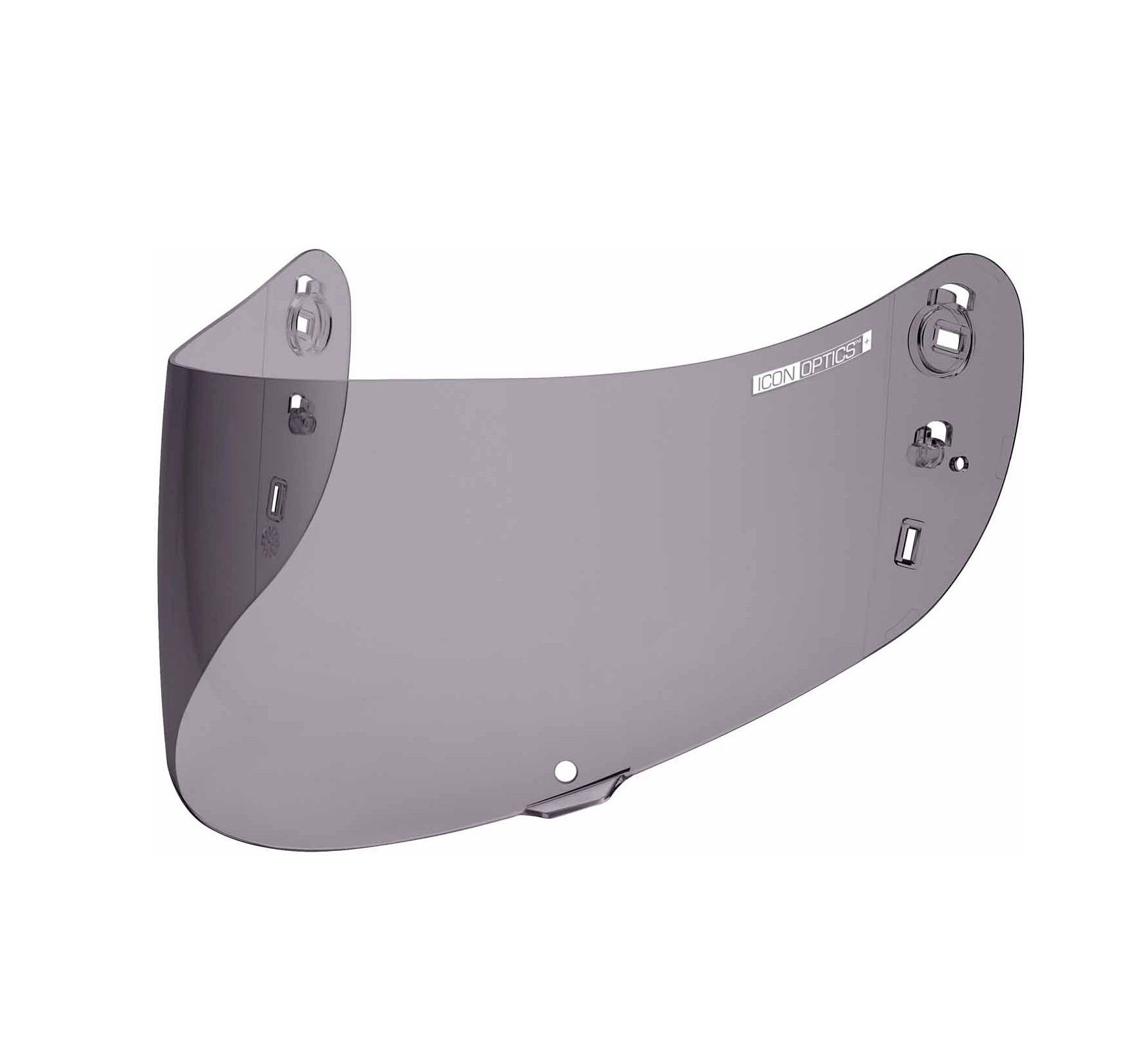
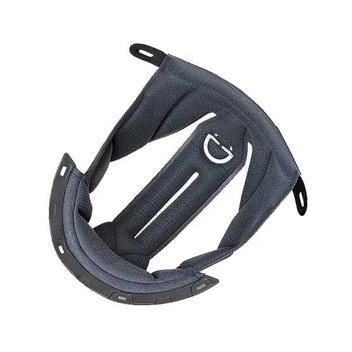
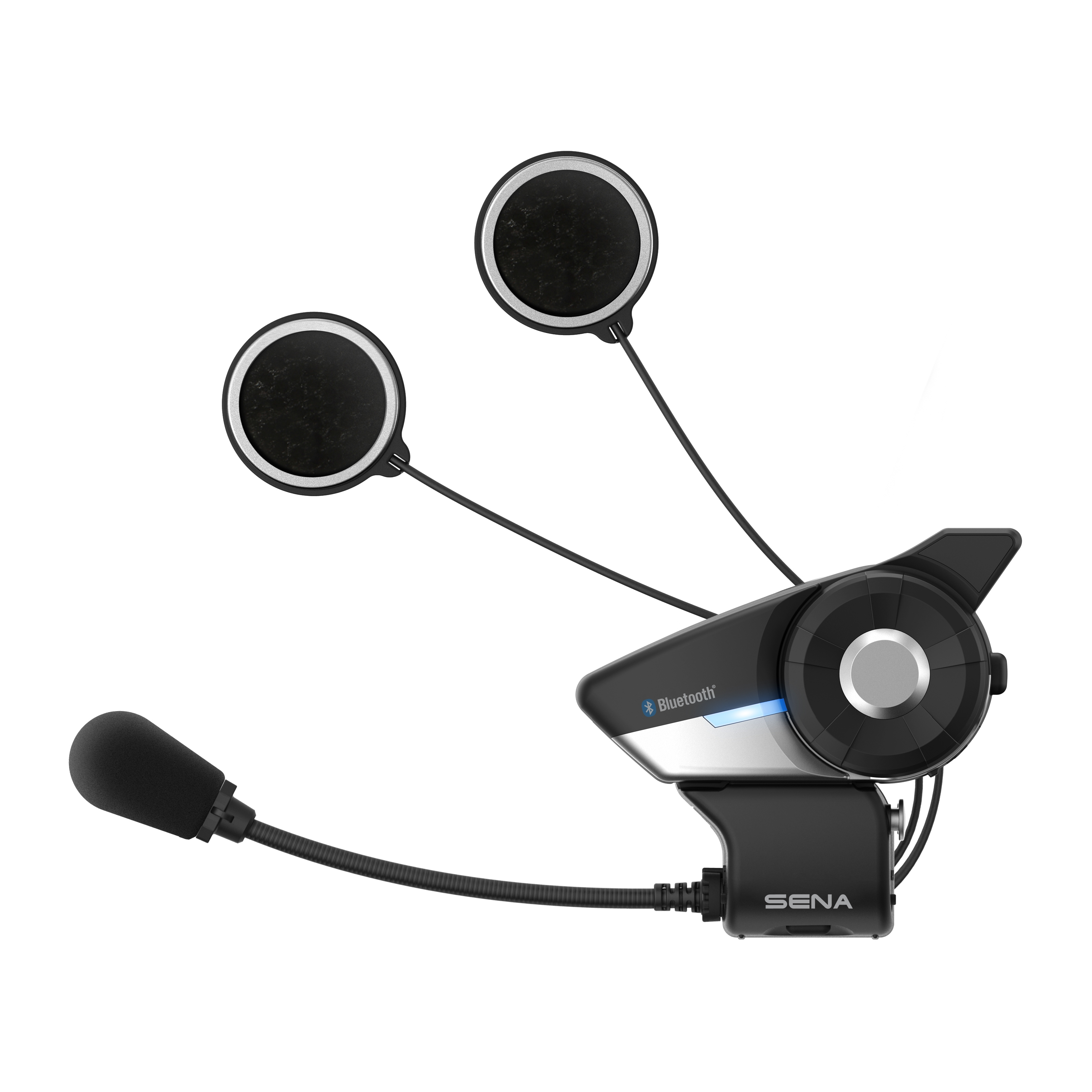


 Membership
Membership





